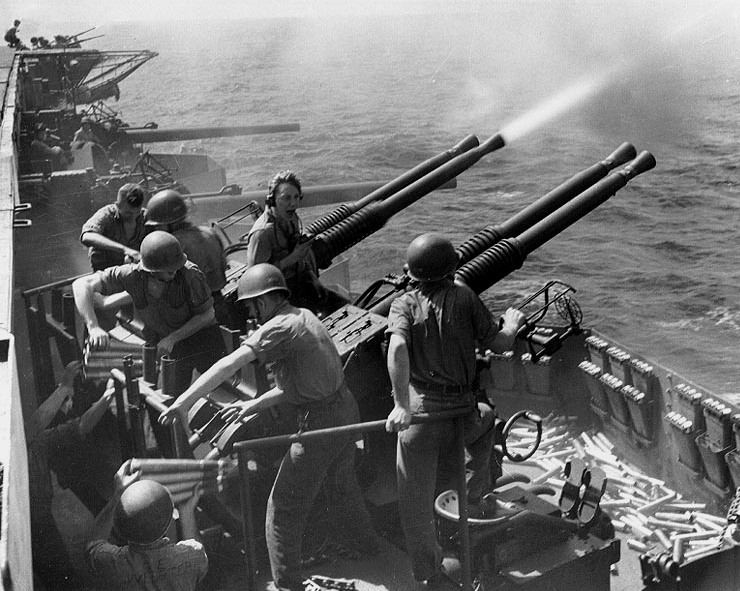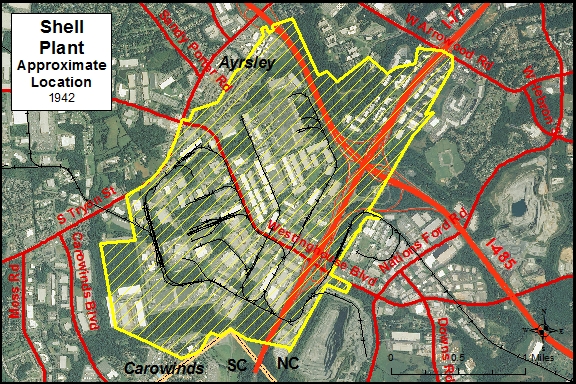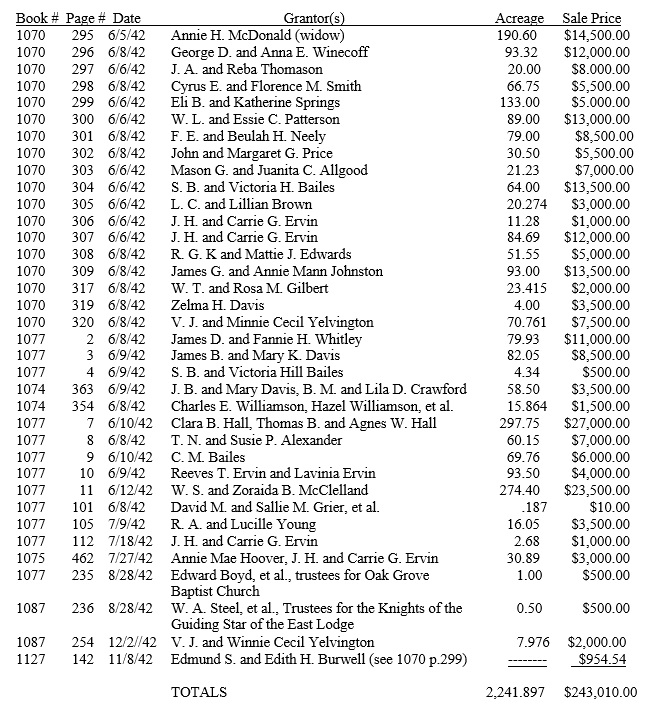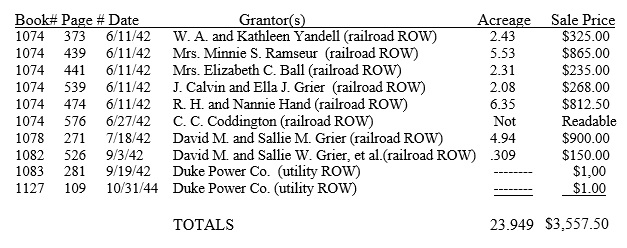|
|
|
STEELE CREEK NEWS
Why Do We Have So
Much
Industry? It All Started with the Shell Plant
(December 28, 2015) The Westinghouse Industrial Corridor is reportedly the
second largest employment center in Mecklenburg County behind Uptown
Charlotte and the largest industrial employment concentration in the state of
North Carolina.
The corridor is the dominant
feature affecting the geography of Steele Creek. It carves a
large nonresidential swath through the middle of our
community, separating
Ayrsley, Berewick, Taragate, and other neighborhoods to the
north from the Crossings, the Palisades, the Sanctuary,
Yorkshire, and other neighborhoods around the RiverGate
corner to the south. It provides employment for many Steele
Creek residents but also generates a huge amount of traffic from
employees driving into Steele Creek and clogging I-485 inbound
in the morning and outbound in the afternoon. A large
network of railroad spurs totaling about 30 miles continues
to serve industries in Steele Creek today. |
|

Bofors 40 mm anti-aircraft guns on a Mk 12
quadruple mount firing on board
USS Hornet (CV-12), circa February 1945,
probably during gunnery practice. |
It all got started in
1942 when a facility known locally as the Shell Plant was built to produce ordinance to
support the Navy effort during World War II. The old Shell Plant
covered 2260 acres. The land was sold by the federal government in
1959, after the plant closed. It became the Arrowood Business Park
and was subdivided and sold off in smaller parcels. Later it spawned
additional industrial development along Westinghouse Boulevard both
east and west of the old Shell Plant as well as along Carowinds Blvd. The map below shows the area of the Shell Plant
in yellow cross hatch based on a variety of historic maps.

The following was adapted from an article by
Walter Neely in Gleanings, Newsletter of the Steele Creek
Historical and Genealogical Society.
History of the Shell Plant – Part 1
The Charlotte Observer published an article
about the Shell Plant on June 9, 1942, only three days after deed transfers for the first properties were
registered.
The article said that
surveyors had taken the first physical step toward construction of
the huge plant. It would be operated by the United States Rubber
Company for the production of ammunition for the United States Navy.
The article said that there would be about 3,000 persons on
average employed in building the plant. It said that prospective
workers should report to the site of the plant and make applications
there in about a week. They predicted that construction might
require six months.
In the meantime several officials of the
United Sates Rubber Company had come to Charlotte from New York to
help prepare for operation of the immense ordinance plant. Once the
plant began operations, it was expected employ approximately 6,000
persons, the article stated.
It is unclear why the United States Rubber Company, later Uniroyal,
obtained this contract since they primarily produced tires and
rubber products. The entire contract worth $9,000,000.00 can be
found in Book 1132 page 365 of the Mecklenburg Register of Deeds.
Its title page states that it is a “Contract for the Acquisition and
Installation of Special Additional Plant Equipment and Facilities
Required to Expedite the National War Effort. Increase and
Replacement of Naval Vessels Amor, Armaments, and Ammunition.” The
contract, dated June 1, 1942, was between the United States of
America and United States Rubber Company and signed by W. H. P.
Blandy, Chief of the Bureau of Ordinance, acting under the Authority
of the Secretary of the Navy.
The Scope of the Contract was
for the contractor to “acquire and install or construct the
buildings, machinery, equipment, facilities, services and
appurtenances identified….furnishing or causing to be furnished the
labor, materials, tools, machinery, equipment, facilities, supplies
and services, adequate first aid, guard and fire fighting forces,
and doing or causing to be done all other things necessary for the
acquisition, installation, and construction thereof.” The contract
and expenditures were authorized by Public Law No. 354, 77th
Congress (December 18, 1941) entitled “An Act to Expedite the
Prosecution of the War Effort” and Presidential Executive Order No.
9001 (December 27, 1941). It furthermore stated that “the contractor
will assemble and load complete rounds of 40 mm ammunition.”
This contract was preceded by a Letter of Intent dated March 4,
1942, between the Government and the contractor to expedite the
completion of the facilities in the interest of the successful
prosecution of the war. The properties began to be purchased and
assembled in June, 1942, and the plant was operational by November of
that year. The contract consists of 24 pages with 33 Articles and an
Appendix.
Can you imagine how long it would take to follow
that process in 2015? From the intent to purchase, to contracts with
the land owners, to a time for inspection, rezoning applications,
public hearings, building permits and approvals, construction
contracts, and completion would take years in today’s marketplace.
Yet in 1942, the acquisition and construction was accomplished in
less than six months.
The following article is reprinted from Volume 1, Building the
Navy’s Bases in World War II: History of the Bureau of Yards and
Docks and the Civil Engineer Corps, 1940-1946, by the United States
Government Printing Office, Washington, 1947.
On the first
of June 1942, a contract was made by the Navy department with the
United States Rubber Company, for the construction of a 40-mm shell
loading and assembly plant on a 2,260 acre site, 10 miles south of
Charleston, N. C.
In this construction, 249 individual
buildings, ranging in size from 6 by 6 feet to 870 by 500 feet, were
erected, most of them of wood-frame construction concrete-block
foundations. The plant had three loading lines, and construction was
planned so that the first of these was completed and in operation
while work continued on the other two. Within the area, 13 miles of
railroad tracks and more than 8 miles of gravel roads were
constructed. Wide dispersal of the plant made a central heating
system impracticable, and five boiler houses were erected so that
each could serve one or two general areas. A complete sewerage and
sewage-disposal system for the plant was installed. Water was
obtained from the city of Charlotte.
The first test shells
were loaded on December 12, 1942, and loading line No. 1 was in
operation by December 17.
Other plants for loading 40-mm and
20-mm shells were constructed at Bristol, Va., Mayfield, Ky.,
Chillicothe, Ohio, Elkton, Md., Peru, Ind., and Hanover, Mass. Each
plant included many buildings dispersed over a wide area.
|
Yes, the first paragraph said it was “south of Charleston,
NC.” They got the city right in the second paragraph about the water
supply.
Not everyone was happy with the decision to locate the plant in
Steele Creek and Pineville Townships. The following is a portion of
an unpublished article by Linda Blackwelder. The newspaper article
referred to is from the Charlotte Observer, November 22, 1942,
written by Marion Wright.
The U. S. Rubber Company hurried
construction of the 2,400 acres to manufacture ammunition for the
war effort. The community was stunned. In an article in the
Charlotte Observer in the fall of 1942, it was noted that this was
some of the best farm land in the area and that, “Home-loving,
God-fearing men and women have tilled this soil since before the
American Revolution. They erected homes, established churches and
schools. A progressive, albeit a quiet and pleasant community, had
evolved through each succeeding generation until today. Its success
is not measured as much by material well-being as by its deep
rooted feeling of permanency and law abiding citizenship; its
idealism centered in home, church and community development.” The
community asked the Rev. Dr., Raymond Young, minister of Central
Steele Creek Presbyterian and Pleasant Hill Presbyterian, to act as
spokesman for them and after appealing to the Charlotte Chamber of
Commerce and then to Congressmen, the protest was sent to the
Secretary of the Navy. The Secretary explained in his reply that
this site was chosen, “because of level terrain, an interior
location, easy transportation facilities and the type of pure labor
needed, already at hand. Sorry I cannot grant the request and hope
for the community co-operation.”
The community already had
sent their sons to war and knowing the need for this facility to
help the war effort, Dr. Young aided the community in no further
protest. He stated, “Resentment died a natural death and full
co-operation has been accorded from that day on, in every way
possible. Men and women of the community joined the force of workers
at the plant and all available space in the homes for miles around
is filled with workers from supervisors to laborers. The plant is
nearing completion now and we still hold on to our cherished ideals
and make every effort to keep them alive.” At that time, Dr. Young
made the statement that the facility would change Steele Creek
community forever. At the time he said it, few would have any idea
just how much the statement was true.
Central Steele Creek
Presbyterian on York Road (now South Tryon Street) sat just yards
from the entrance to this guarded facility and did all they could to
help entertain, feed, and provide spiritual enrichment to those who
worked at the facility. |
So, how did they manage to assemble such a large parcel of land in
such a short time? The Register of Deeds of Mecklenburg Count
records the sales of the property to United States Rubber Company, a
New Jersey Corporation with an office at Rockefeller Center, 1230
Sixth Avenue, New York, N.Y.

In addition, United States Rubber Company purchased Right of Way for
utilities and railroad from the following:

The average sale price was a little over
$108.00 per acre. However, the lowest sale price was $42.78 per acre
and the highest was $875.00 per acre. It is unclear if agents of the
purchaser contacted the property owners as a group or approached
each individually. Was it done quietly or publically?
Part 2 of the Shell Plant history covers
plant operations during the war. See
Steele Creek Contributed to the World War II Effort.
Walter would like
to interview anyone who has information about those who worked at
the plant or sold land for the plant. Please contact Walter Neely by email
at wlewneemoo@aol.com if you worked at the Shell
Plant or sold property or know anyone who did and can contribute to
the story. He will try to contact you to get a
personal interview.
To comment on this
story, please visit the
Steele Creek Forum.
Click here:
 to share this story to your Facebook page,
or click below to visit the Steele Creek Residents Association
Facebook page.
to share this story to your Facebook page,
or click below to visit the Steele Creek Residents Association
Facebook page.
 . .
|










